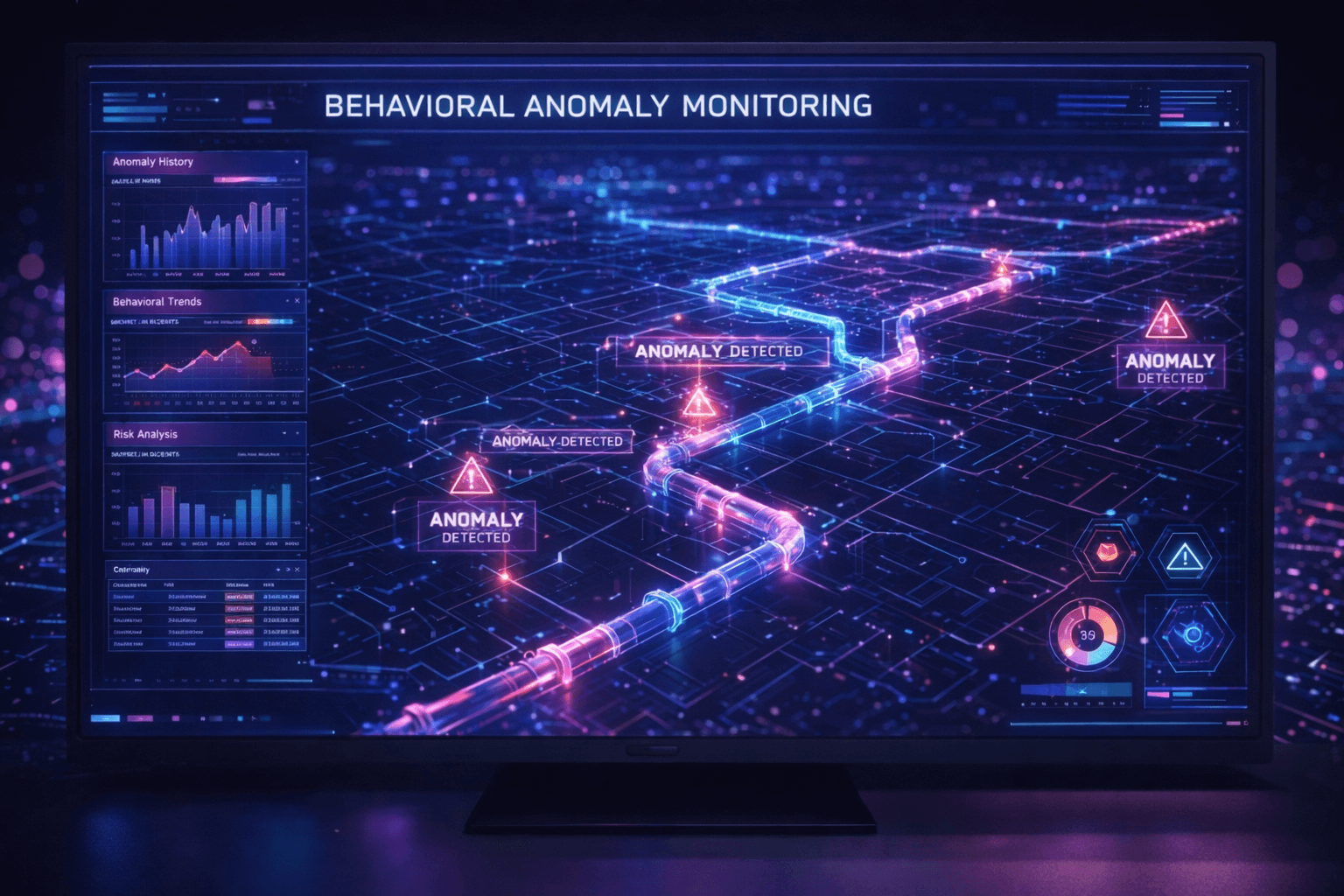SALESFORCE CONTENT VERSION
When it comes to Salesforce, the ability to ensure the right content version is essential for reducing the risk of data loss, ensuring reliable security, and setting an organization up for success. Failure to do so may cause unnecessary complications and long-term inefficiencies, making efficient and secure release management absolutely critical.
What is Content Version?
Content version is the process of tracking iterations of data across multiple versions of the same file or set of data. As Salesforce records are maintained over time, content versioning can help ensure that different versions of the content are properly tracked and stored. This type of version control is especially important for businesses that rely on Salesforce, as it allows for the preservation of data over time and ensures that teams can more effectively interact, access, and share data.
Benefits of Versioning
For enterprise Salesforce users, there are several key benefits to incorporating content versioning into their workflow.
First, content versioning allows teams to work on and collaborate on multiple iterations of the same set of data. By tracking different revisions, organizations can keep a clear record of the progress of their work and ensure that their team is on the same page. This makes it much easier for teams to review work, make changes, and collaborate in real-time, while also making sure that no valuable data is lost throughout the process.
Secondly, version control supports Salesforce data backup and recovery efforts. With vigorous version tracking, organizations can ensure that if there is ever an issue with data corruption or loss, they have access to a series of previous versions that can be quickly restored. Moreover, version tracking also makes it easier to troubleshoot any data-related errors quickly and effectively.
Finally, content versioning can also provide additional security for Salesforce systems. By allowing teams to monitor multiple versions of the same content, organizations can control who has access to certain data and can monitor user activities more closely to ensure that their data remains secure.
Best Practices for Versioning
For organizations looking to implement content versioning, there are few best practices that should be followed.
First, teams should take advantage of Salesforce's built-in versioning tools, which can help streamline the process of tracking and managing multiple versions of data. These tools can also be used to create custom workflows to further refine versioning capabilities and ensure that versioning is tracked with maximum accuracy.
In addition, teams should also regularly back up their data to ensure that nothing is lost if any issues arise. Regular backups can serve as a safeguard against data loss and can also give teams access to a record of past versions of their data which can then be used for troubleshooting or for reverting back to an earlier version if needed.
Finally, teams should establish a process for identifying and tracking changes to content over time. Establishing a system for logging and noting changes, review points, and milestones can help teams keep an organized record of their data and provide a better understanding of the versions of files that have been created and stored.
Conclusion
By leveraging content versioning capabilities, enterprise Salesforce users can ensure reliable data backup, recovery, and security solutions. From streamlining collaboration and progress tracking to data security and recovery, content versioning is an essential part of any Salesforce release management solution and supports an organization's long-term success.
Topics:Salesforce training, Salesforce support
Thank you for subscribing








